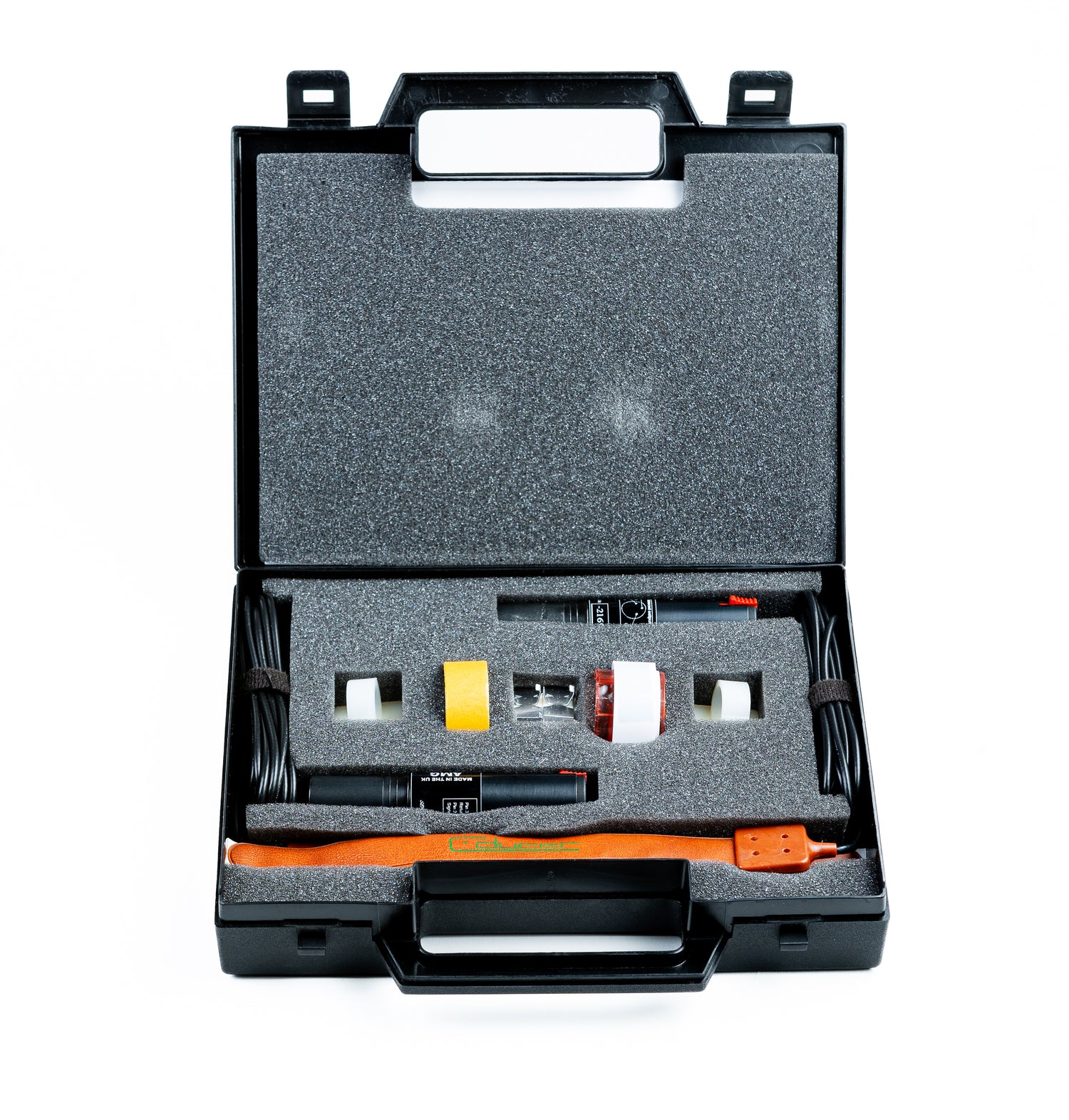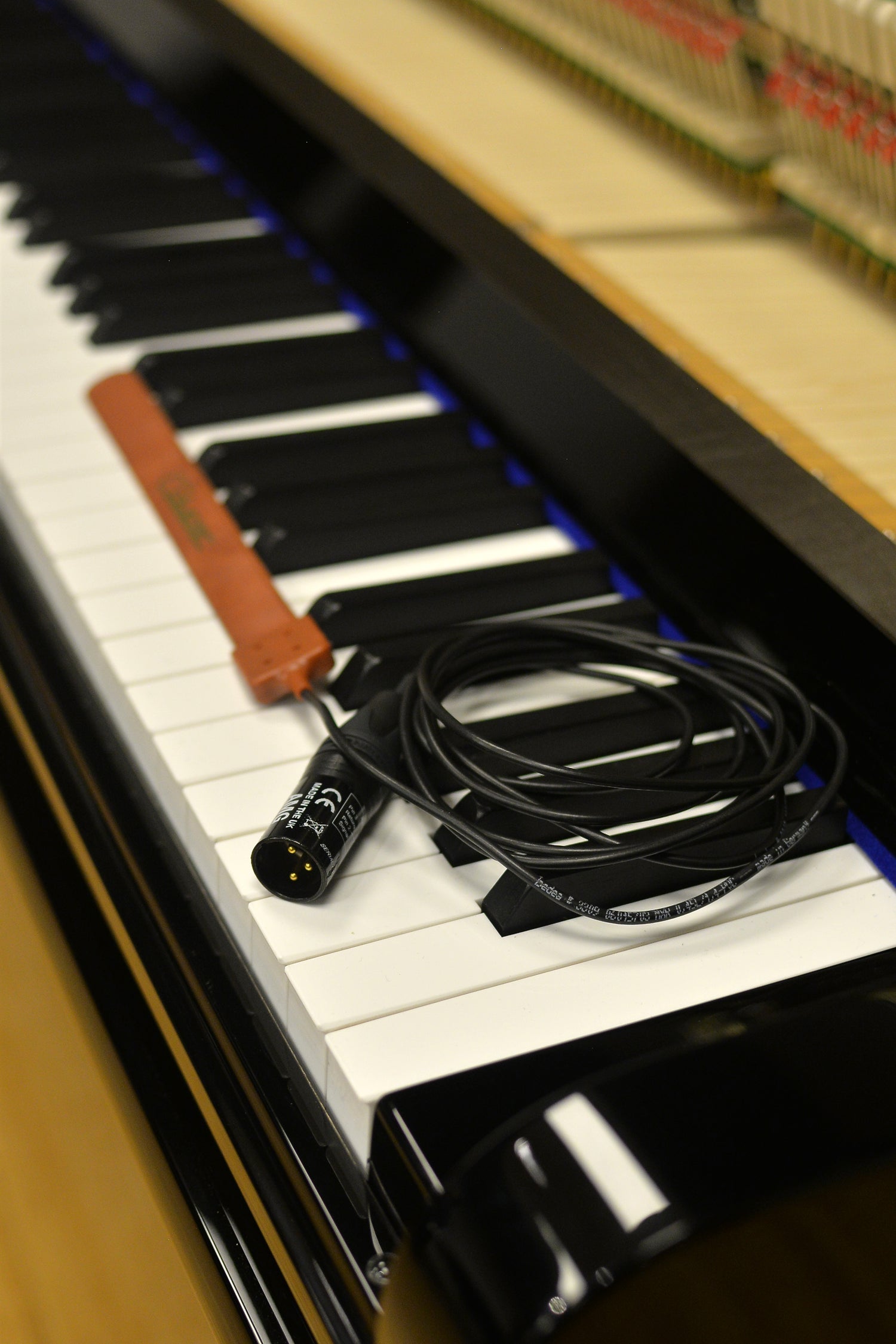
About us
C-ducer was invented by a physicist, a musician and an engineer.
The original application was for miking Latin drums. When you are playing congas and bongos together there isn’t much room for conventional mikes so the inventors came up with a miking system that mounts internally, could withstand the sound pressure level inside a drum, and has a studio quality sound.
It transpired that the C-ducer outperformed most other mikes in many more applications. When Frank Sinatra started to use it on piano (in fact, would not go on stage without it), along with Moody Blues’ drummer, Graeme Edge, John Williams on guitar, and a host of other well-known musicians, the world of live sound production started to take notice. When Dave Brubeck toured Russia (amazingly just a few weeks after bypass surgery) he credited C-ducer on the album cover and claimed that he “…could not have recorded the album without C-ducer.”
Later many famous venues started to use C-ducer - The Royal Opera house used it to mike gongs and later piano, likewise Sydney OperaHouse, the Royal Albert Hall, Radio City Music Hall and many others.
As well as sound quality, C-ducer was embraced because of its ability to reject the sounds from other instruments, its incredible dynamic range and its immunity to feedback compared with conventional mikes.
In the course of establishing its pedigree, C-ducer was discovered by studio engineers. Once again, quality, ease of use, stereo separation and lack of ‘bleed through’ made it the piano mike of choice for studios such as Abbey Road and many others.
Although the application for which C-ducer is most famous is miking pianos, nearly all stringed instruments are candidates for using C-ducer, along with many other unique miking applications. These include sound effects applications in theaters (creaking doors, percussive effects and other noises), tap-dance floors, ‘oddball’ percussion (Coke cans, wood blocks, chimes and gongs), recording dolphins in the English Channel, and many industrial applications.

About Us
Industrial uses
With a frequency response that, if not deliberately attenuated, extends well beyond the audible spectrum (0.1Hz - 100kHz) and a dynamic range that far exceeds any accelerometer the industrial applications for C-ducer are many. Briefly, they range from detecting premature bearing wear in heavy industrial plant to surveillance of remote areas of geographic borders and detecting vibrations in prototype supersonic military aircraft.
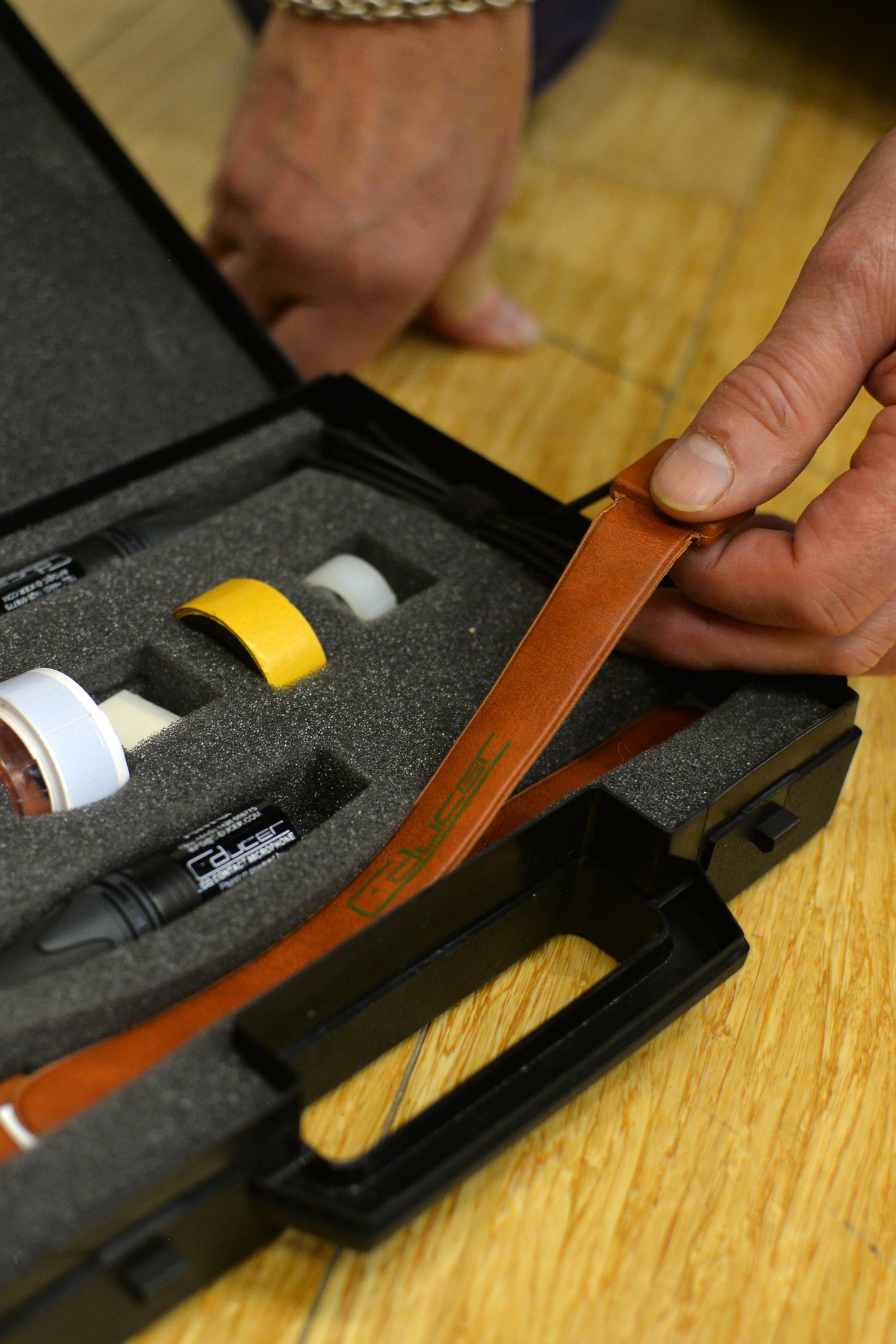
About Us
About the products
C-ducer can be used on a wide variety of instruments: guitar, violin, drums, banjo, harpsichord, harp and many others but perhaps most famously - the piano.
In most applications C-ducer is unobtrusive, being mounted on the underneath or back of a piano, or inside drums or blending into the natural colour of a violin, guitar or upright bass. Because the microphone is attached directly to the resonating area of the instrument, it has very high immunity to crosstalk from other instruments and can generally be amplified to considerable volume before feedback. Whether in the studio, the club, the concert hall, or the outdoor performance, the sound quality is excellent and C-ducer is quick and easy to use. With over 15,000 systems in use it is the microphone system of choice for acoustic musicians and engineers.
Take a listen
Below you can listen to some piano tracks covering different genres that that have been recorded using our C-ducer mircophones.
Ideal for most acoustic string instruments
-

Guitar
-
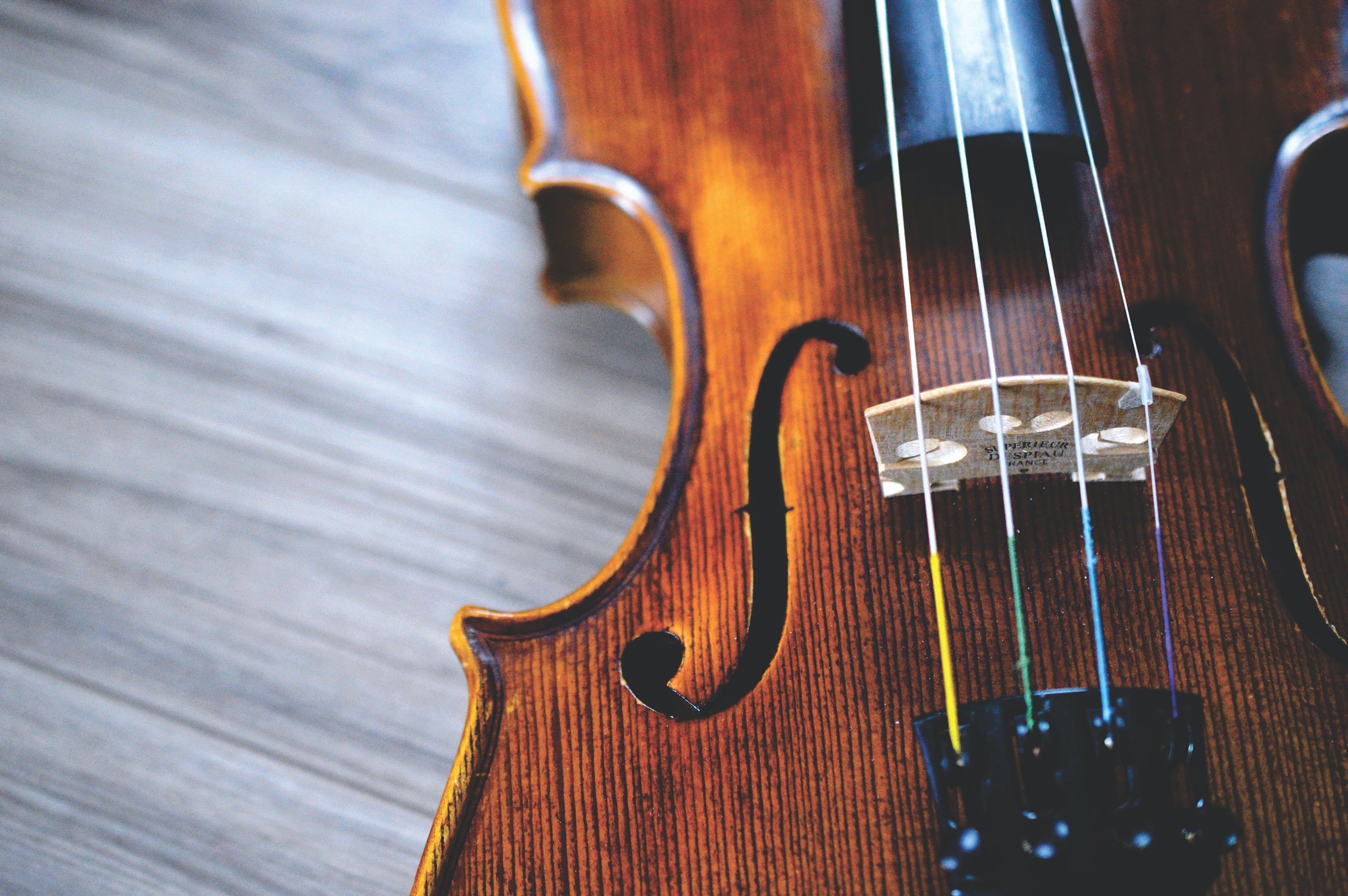
Violin, Viola, Cello, Double Base
-
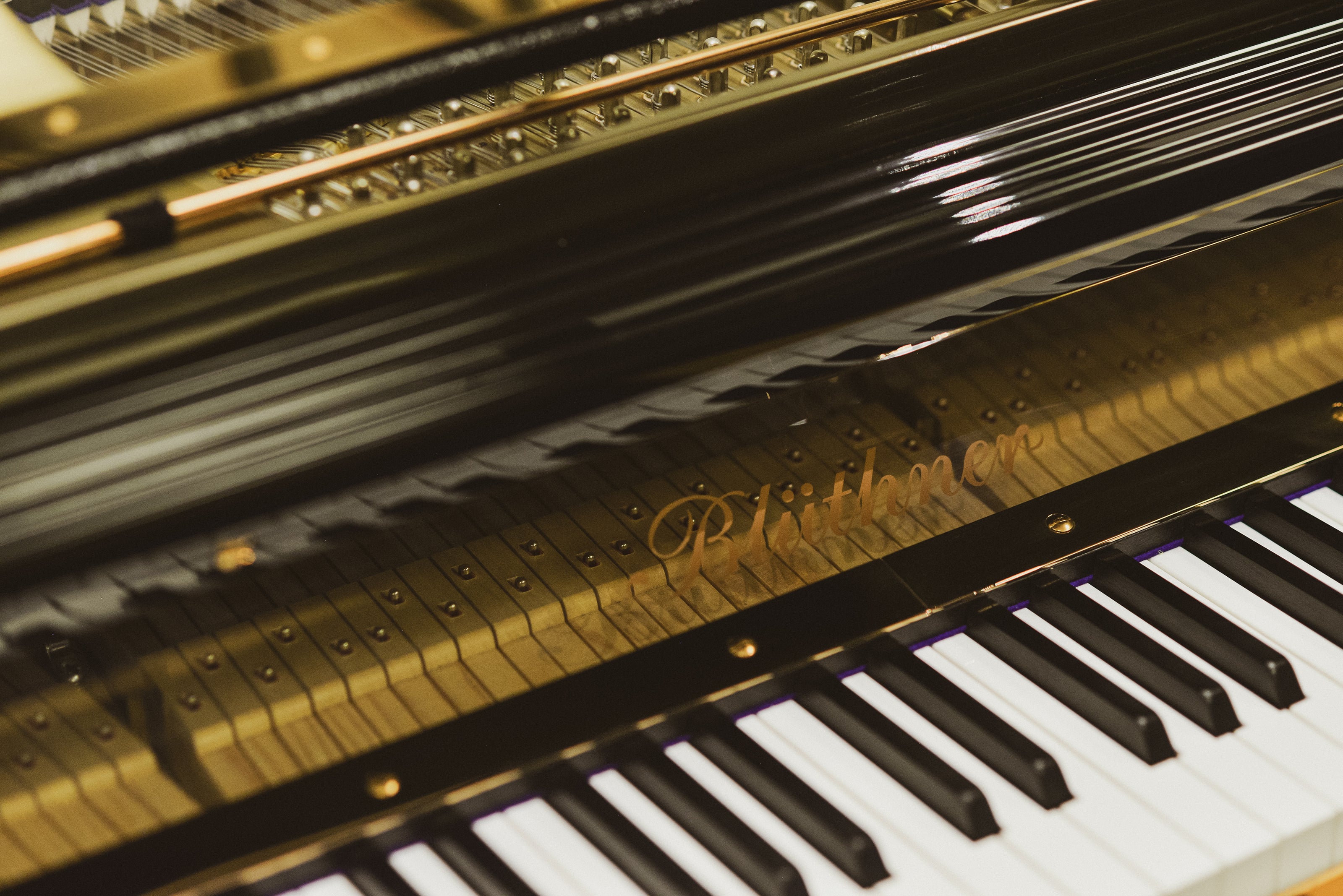
Piano, Harpiscord, Harp
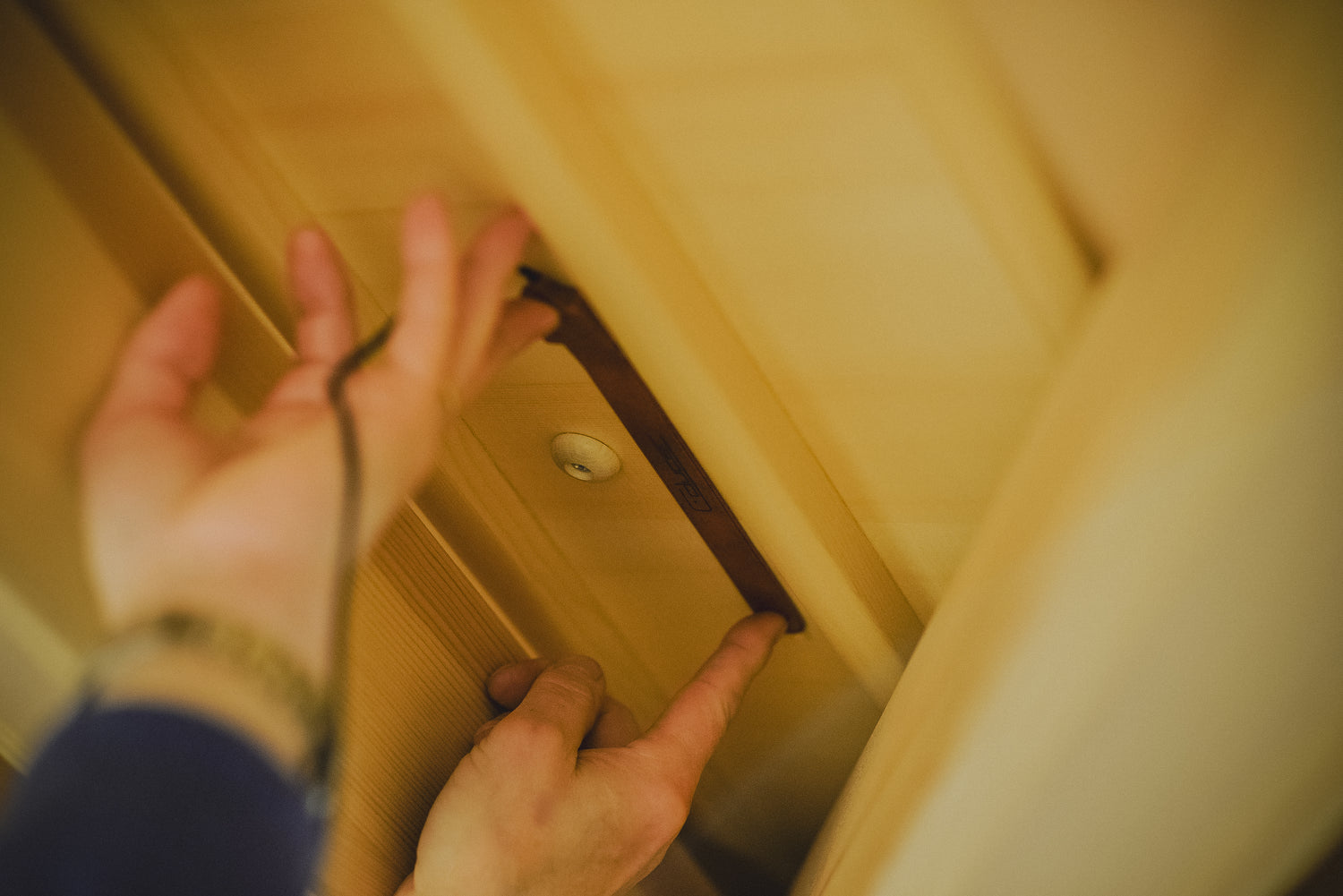
Installation
C-ducer User Handbook
Need some guidance on how to install your new microphones then simply download the user handbook. The instructions are applicable to all CQ range C-ducer Microphones.
